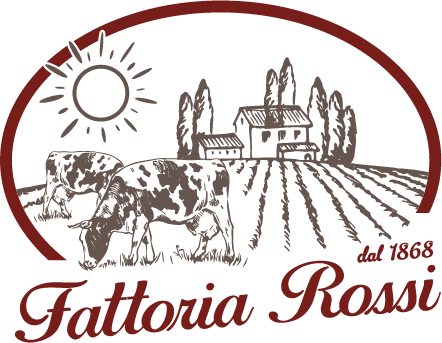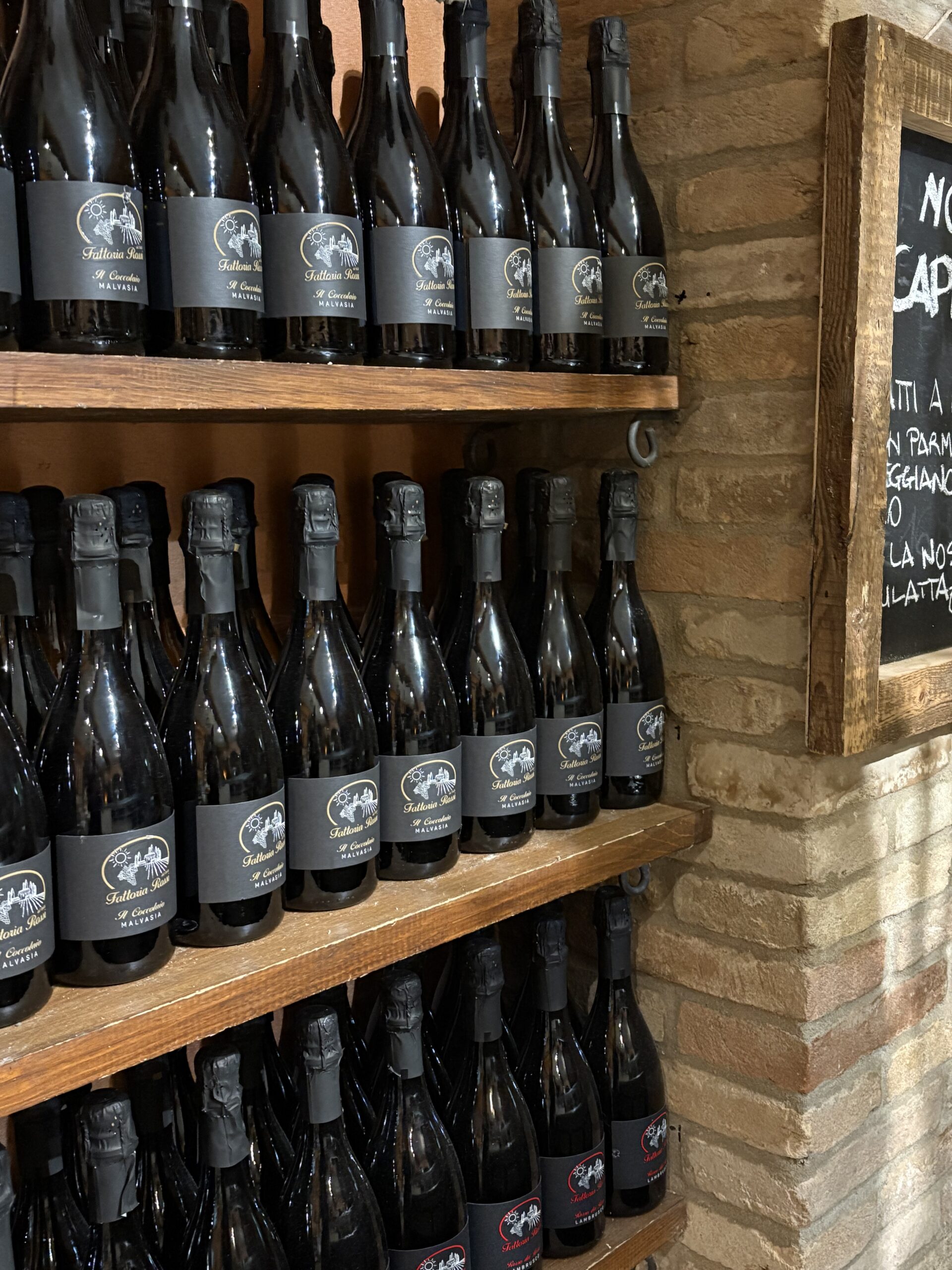
Conservation
Wine storage: comprehensive guide

Introduction to the guide
Wine storage is a crucial step because it is a living product that continues to evolve even once bottled. Conditions such as temperature, light, humidity and even exposure to odors can affect the quality of the wine, changing its aroma, texture and flavors.
Storing wine the right way does not necessarily require a professional wine cellar: with a few simple steps, you can create a suitable environment even at home. From robust red wines to cool, crisp whites, each type has specific needs, but there are general principles that can be easily followed to protect and enhance each bottle.
In this guide, you will discover essential tips for keeping wine in optimal condition, preserving its characteristics and ensuring a flawless tasting experience every time you open a bottle.
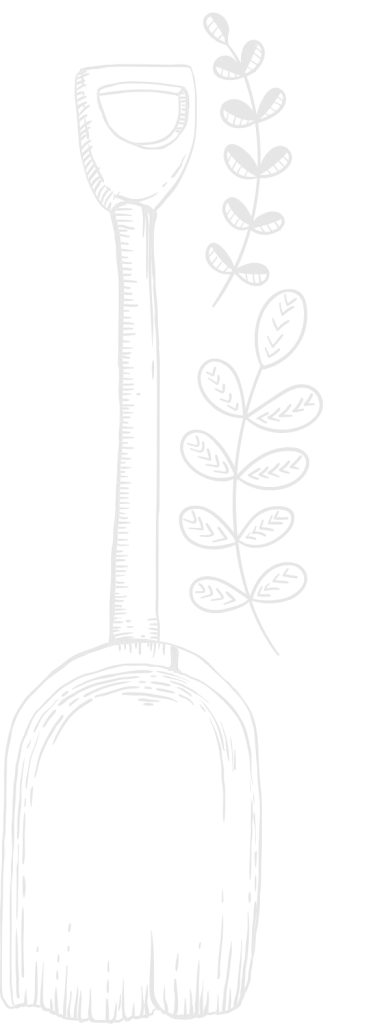
Protect wine from light and heat
Light: wine is sensitive to direct light, especially UV light, which can accelerate oxidation processes and alter the taste. Keep bottles in a dark or dim environment: a cardboard box or wooden crate are good solutions for shielding light.
Temperature: storing wine at a stable temperature between 10° and 15°C is essential for its longevity. Avoid environments prone to temperature changes, such as the kitchen, and prefer a cool place away from heat sources. An environment that is too warm accelerates wine aging, while temperatures that are too low can cause crystallization.
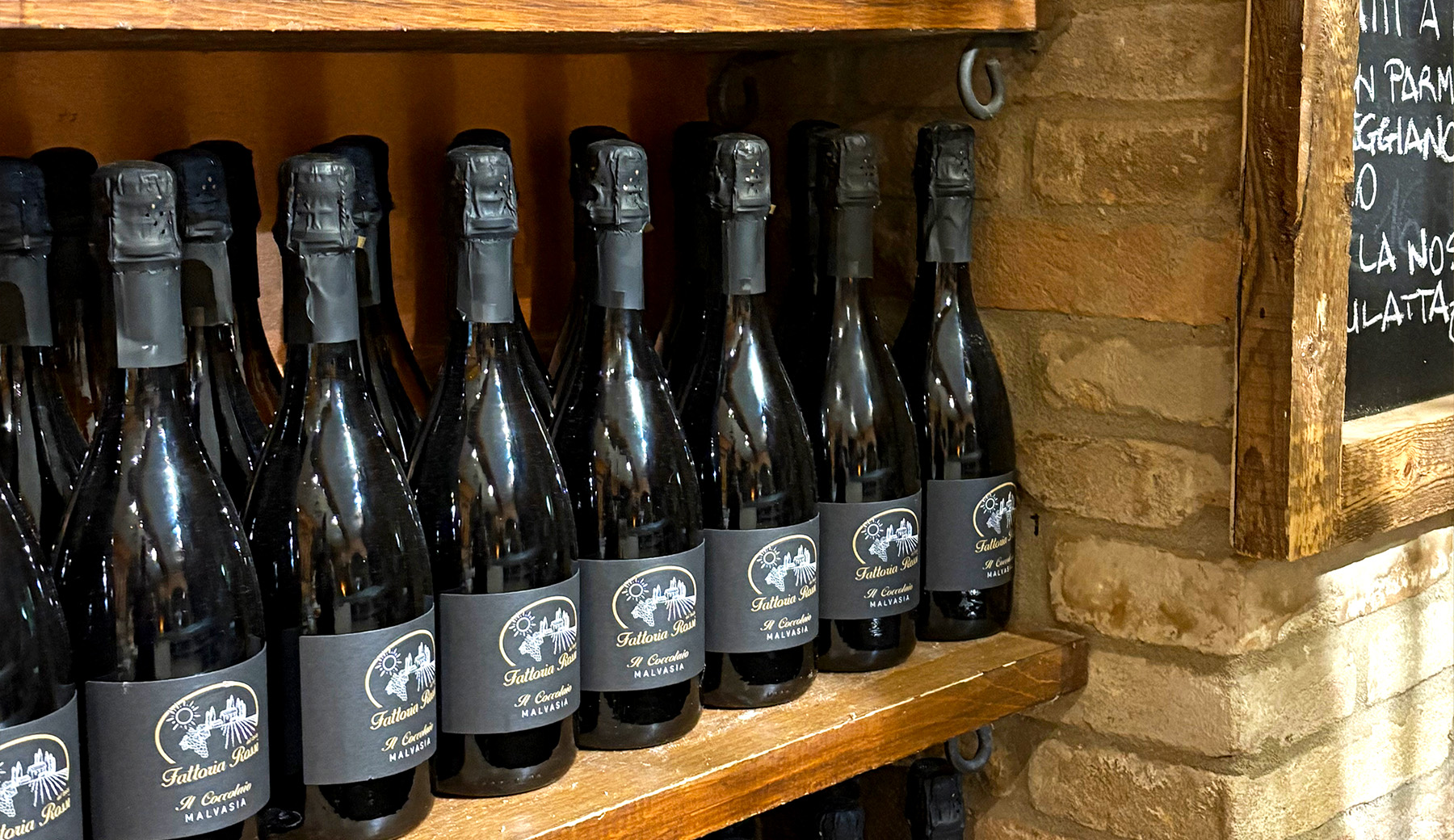
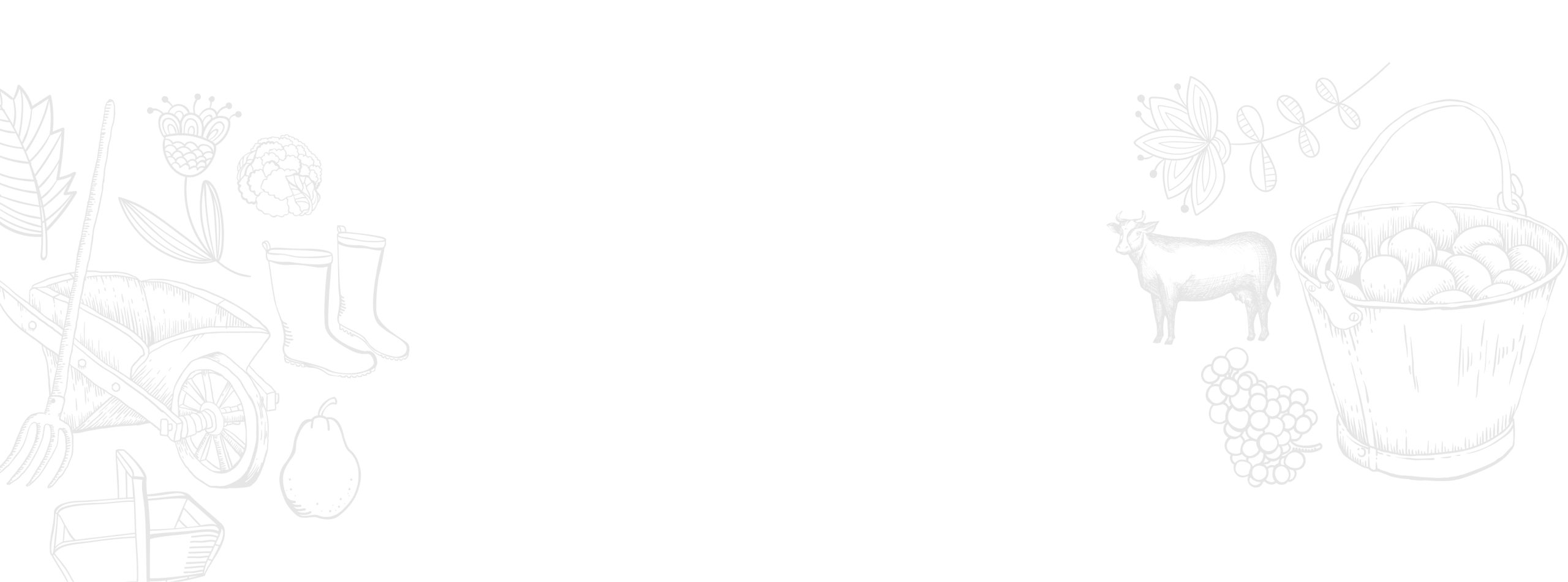
Location and ventilation for perfect storage
Bottle position: for wines with natural cork, the horizontal position is critical: it keeps the cork in contact with the liquid, preventing it from drying out and protecting the wine from oxidation. This arrangement is especially important for red wines, which are often intended for prolonged storage.
Ventilation and humidity: a lightly ventilated environment prevents mold growth and reduces the risk of external odors contaminating the wine. Maintain a humidity level between 65 percent and 80 percent to maintain cork elasticity; if the environment is too dry, a small humidifier or container of water can stabilize the storage microclimate.

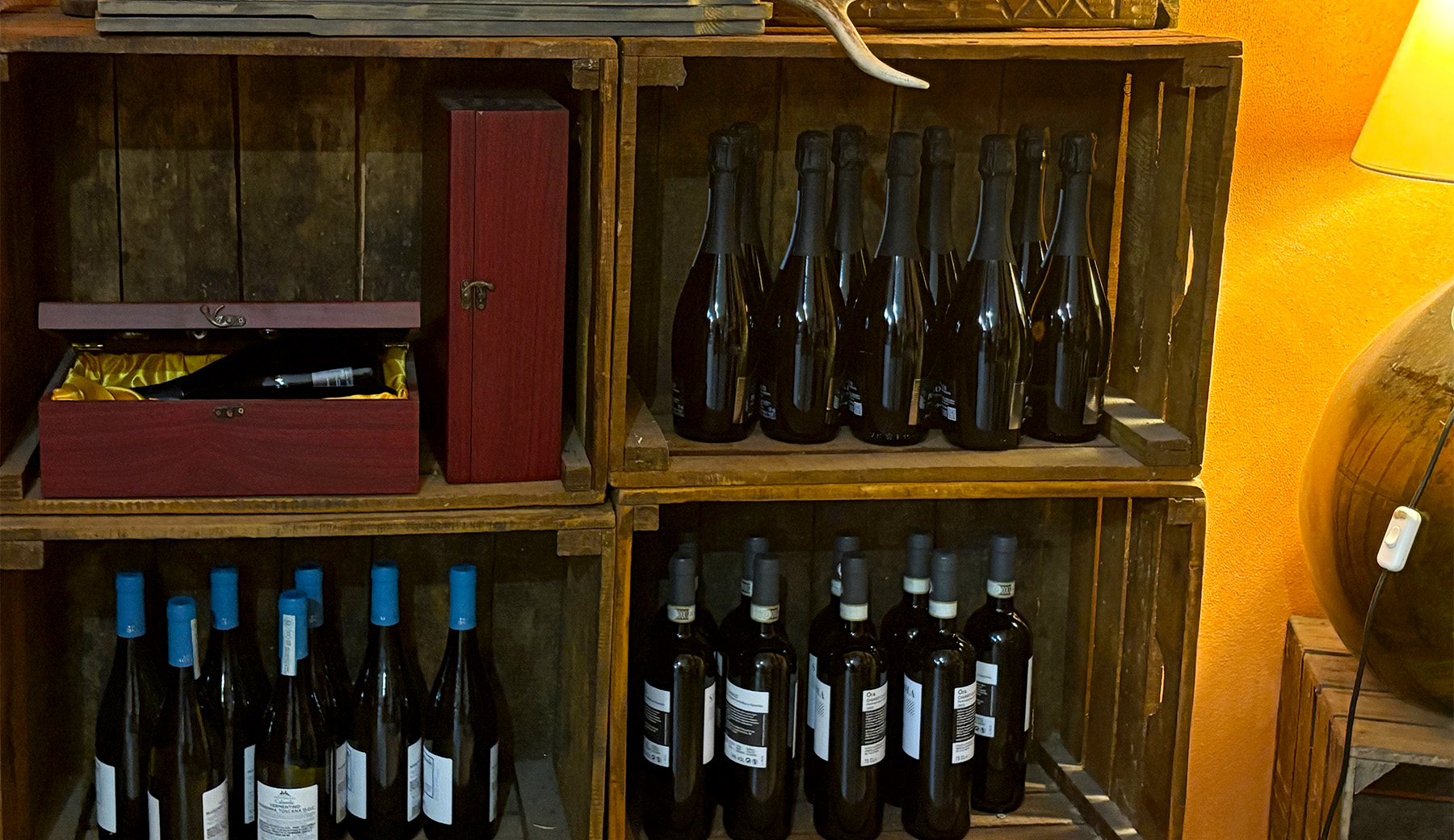
Away from strong smells
II intense aromas from chemicals, detergents or aromatic foods can compromise the wine’s flavor profile.
Even when tightly sealed, bottles can absorb olfactory notes from their surroundings, negatively affecting taste and aroma at the time of tasting. It is therefore advisable to store wine in a neutral environment free of strong odors, such as paint or spicy foods, to preserve its integrity.
Light ventilation is essential to keep the air clean and free of contaminants, thus creating the optimal conditions for safe and long-lasting wine storage.

Modern solutions: wine cellar fridge and refrigerator
Refrigerated wine cellar: if you do not have a proper wine cellar, a refrigerated wine cellar or air-conditioned cabinet is an excellent alternative for maintaining a stable temperature and humidity level. These tools allow you to create an ideal environment, protecting your wine collection efficiently.
Refrigerator: for white wines and sparkling wines that need to be served chilled, the refrigerator can be used, but only as a temporary solution. Avoid storing bottles for long periods in the cold, as it may alter the flavor. If you need to cool quickly, you can use a basket with ice and salt to lower the temperature in a short time.

Longevity of wine
A wine’s ability to age strongly depends on its structure and composition. Important red wines can develop new complexities and nuances over the years, improving and evolving even over decades if stored properly. These wines, due to their high
In general, wines with high acidity and robust tannin content are better able to withstand time, retaining freshness and organoleptic characteristics even after many years of storage. Lighter and less structured wines, on the other hand, are meant for more immediate consumption and do not particularly benefit from aging.
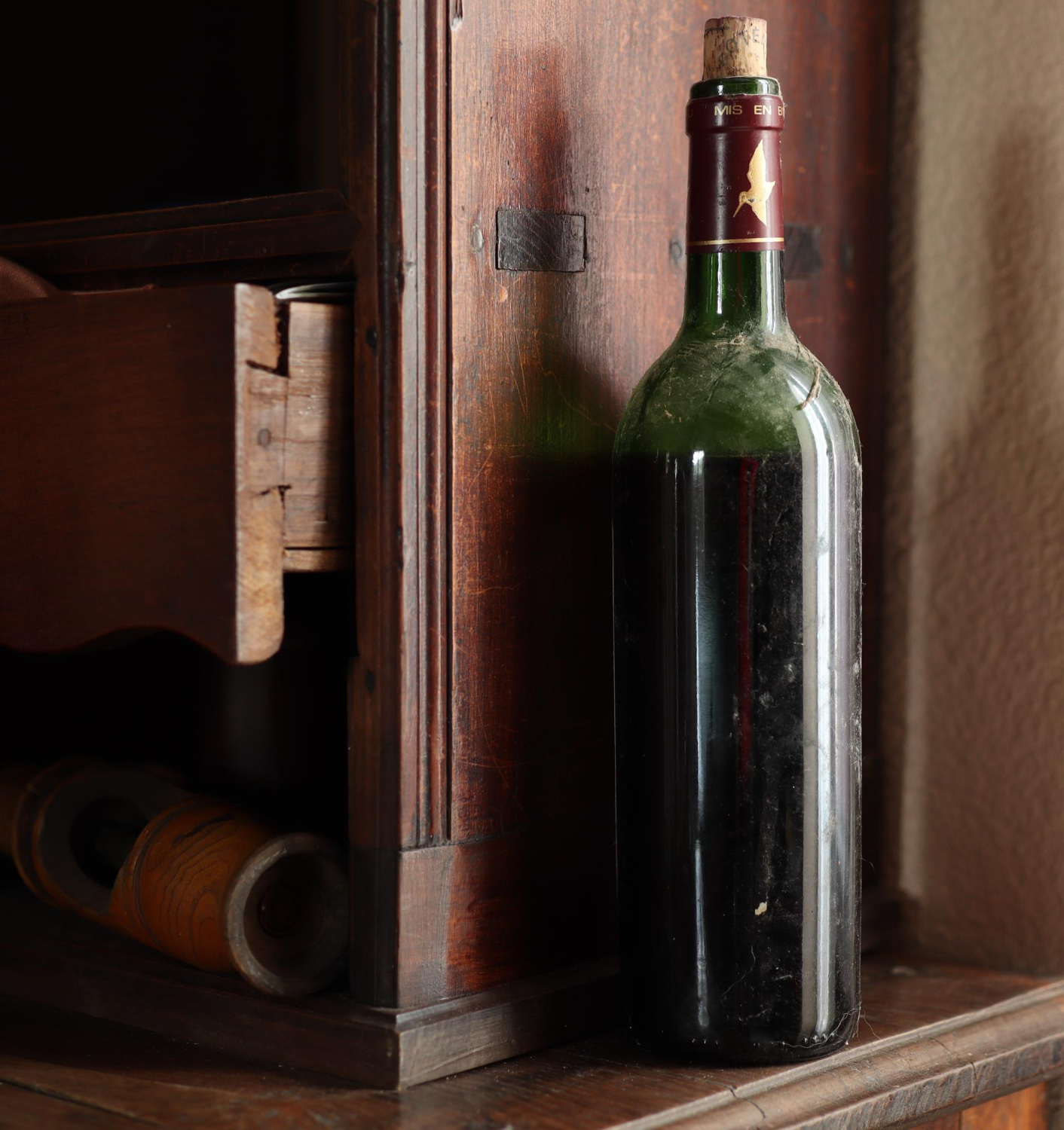

How to preserve wine after opening
Once opened, a bottle of wine naturally begins to oxidize due to contact with oxygen, which, while initially may enhance aroma, over time leads to rapid decay of the wine. White wines, which are more sensitive to oxidation, tend to keep at their best for up to a day after opening, while young reds can retain their qualities for about 48 hours.
To prolong the freshness of wine, it is advisable to use airtight stoppers to limit contact with air. For sparkling wines, which require special attention to their effervescence, a stopper is ideal to maintain the liveliness of the bubbles. These small touches can make all the difference, ensuring a longer-lasting tasting experience even for bottles that have already been opened.
